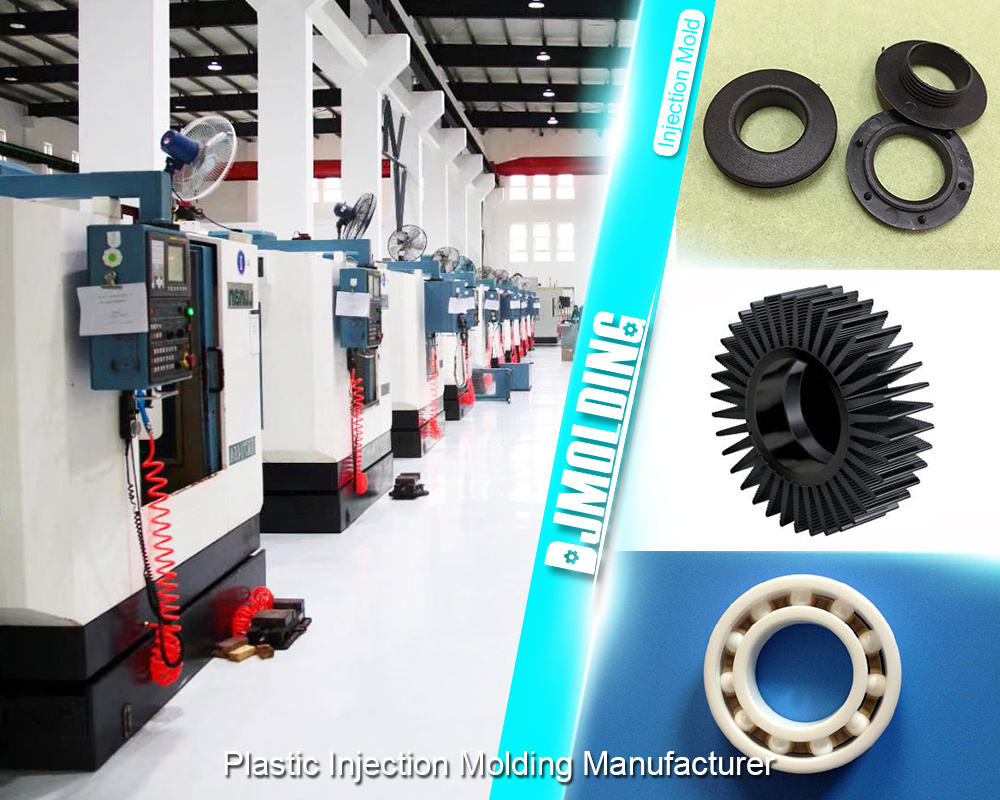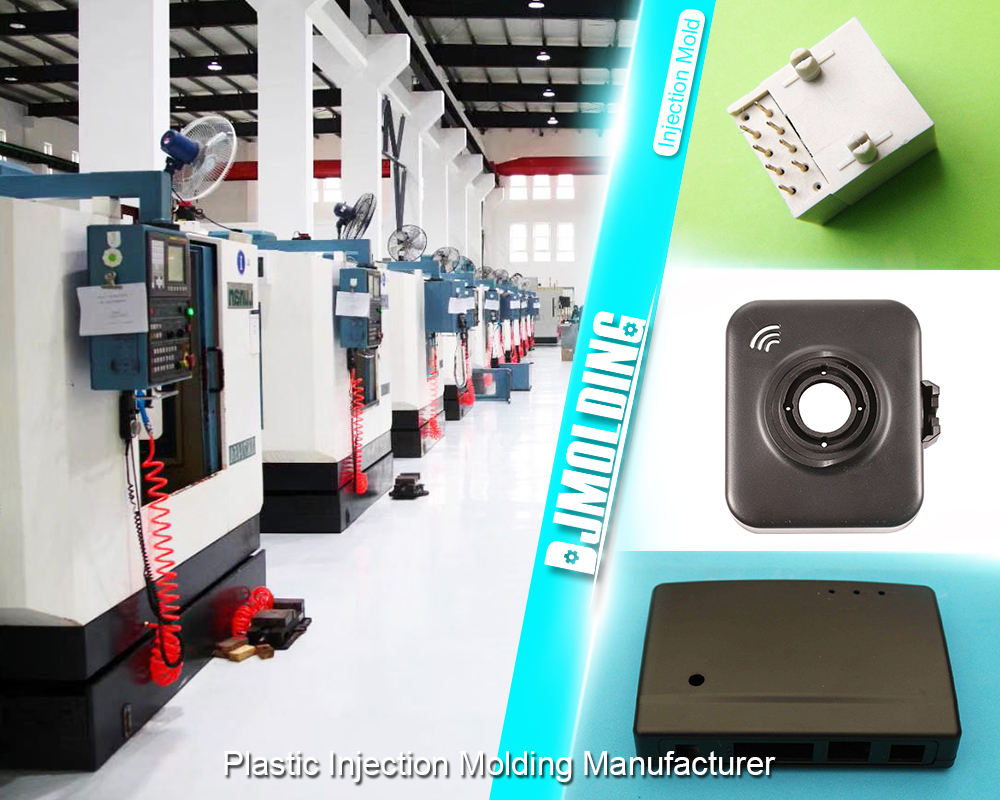High precision plastic injection molding factory: another way to deal with the recovered material
High precision plastic injection molding factory: another way to deal with the recovered material
Many problems can be encountered when molding parts of a mixture of regrind and virgin material. Would it be better to use 100% regrind?
The most important molding variables are those that cause downtime and rejects, if not handled properly. The quantity and quality of the regrind used in the process is one of these. Obtaining maximum production with respect to the quantity of resin purchased requires the proper use and care of recovered material. For starters, we are going to define “regrind” to ensure that we are all on the same page, since there is no standard definition.

The regrind is a material that has been processed at least once before, with casting, scrap, etc. subsequently ground or chopped. Please note that even what most consider “virgin” resin may have one or more pre-processes, as it was mixed and pelletized upon completion. Virgin resins can have additional processing, such as additives such as color, fillers, Stabilizers, lubricants, etc. that require a second stage of composition or mixing This mixing can be done by the resin supplier or in a separate composition facility.
As a result of these pre-processes, the polymer may experience degradation in its physical, chemical, and flow properties. As Plastics Technology columnist and materials expert Mike Sepe asserts, one of the first things to review, if you have any doubts about resin quality, is the length of the polymer chain or molecular weight degradation. This is done using a flow index test (MFR). If the chains are broken, the MFR will increase in pure resins. Glass reinforced polymers are a special case, since glass fibers break during the process and special rules apply.
Can my Regrind be mixed?
In plastic injection molding, the cause of molecular weight degradation is important. This is the question that requires an answer: Is the regrind material acceptable for mixing? If the chains are cut, for example, by processing wet material that you thought was dry, you are in trouble (hydrolysis) and you should not mix this material with virgin material. Although most processors say that you can tell if the resin is wet from melting, unfortunately they are wrong. Water is consumed by the hydrolysis reaction and some parts will look and behave well at room temperature.
Keeping polymer chains long is just the beginning. Contamination is perhaps the biggest problem with regrind material. It is contaminated with other resins, color, dirt, metal, etc. There are plants that have huge amounts of regrind material, which they know is contaminated, and therefore unusable, but remains on the books as “capable of something.” The regrind material is kept there taking up valuable inventory space. (I would like finance people to pay as much attention to this fiasco as they do to inventories done on time.)
Another complication of resins and regrinds can be the loss or consumption of additives, such as mold release agents, antioxidants, acid removers, and antistatic agents during previous processes with heat; together with color degradation, fiber length reduction, over drying etc.

For more about the high precision plastic injection molding factory: another way to deal with the recovered material,you can pay a visit to Djmolding at https://www.djmolding.com/ for more info.




